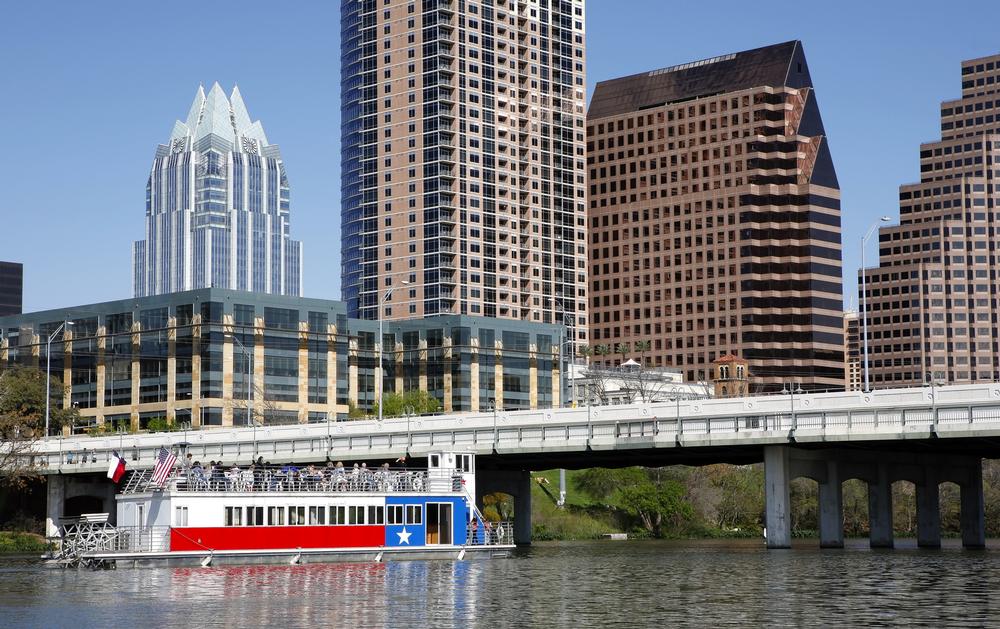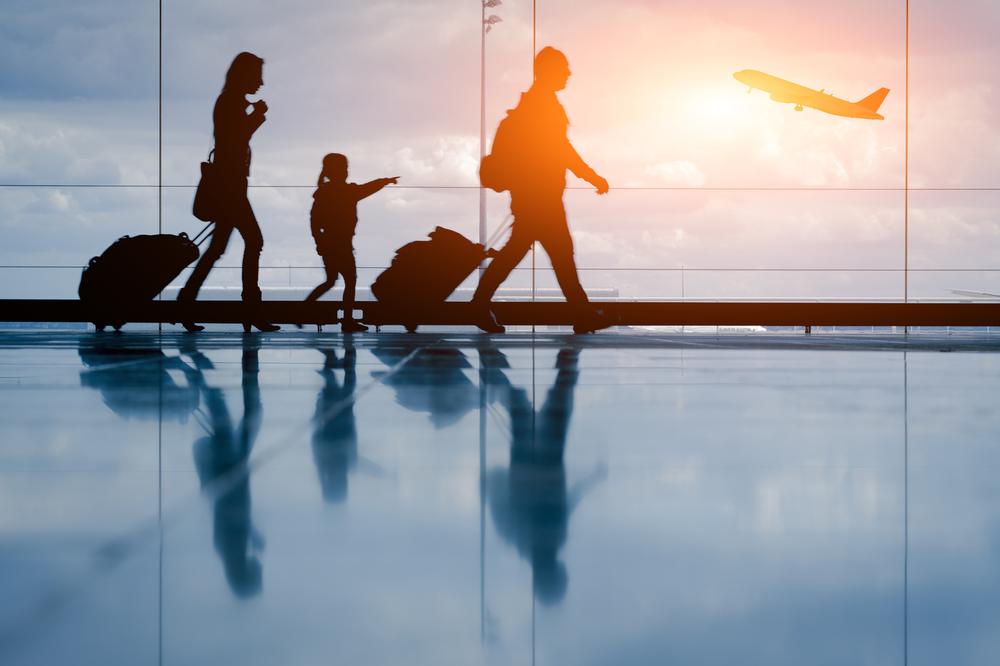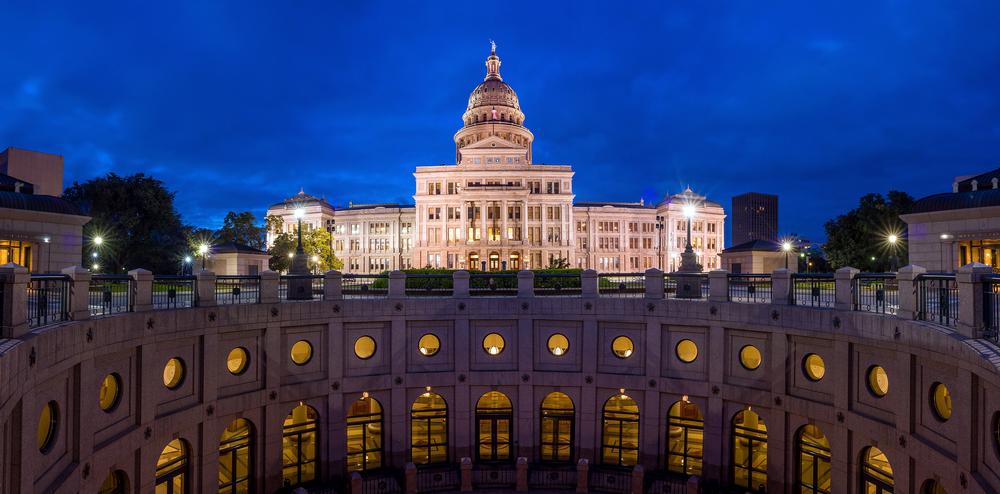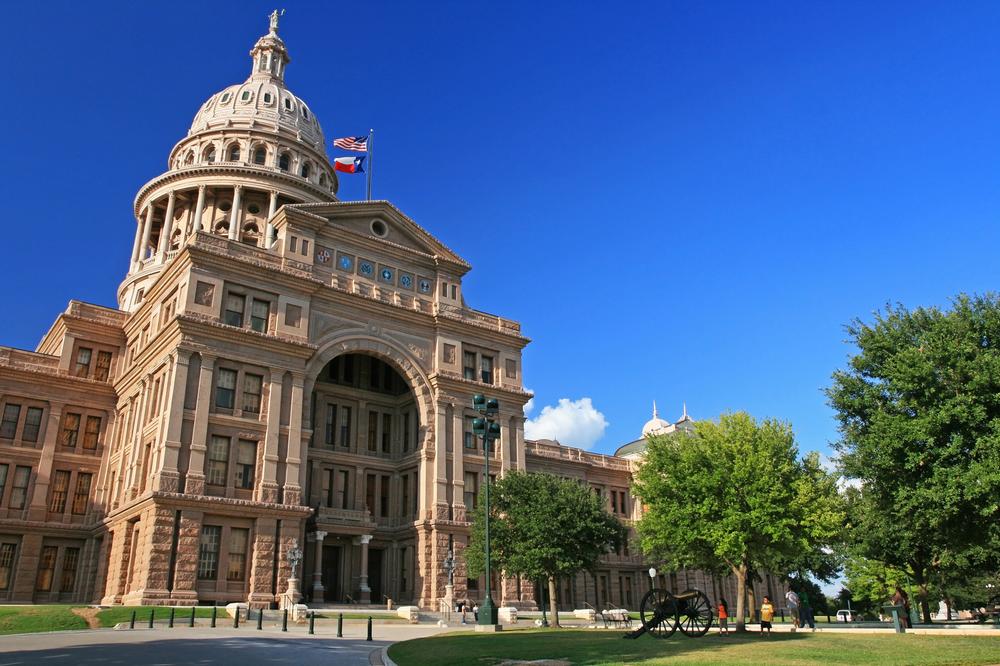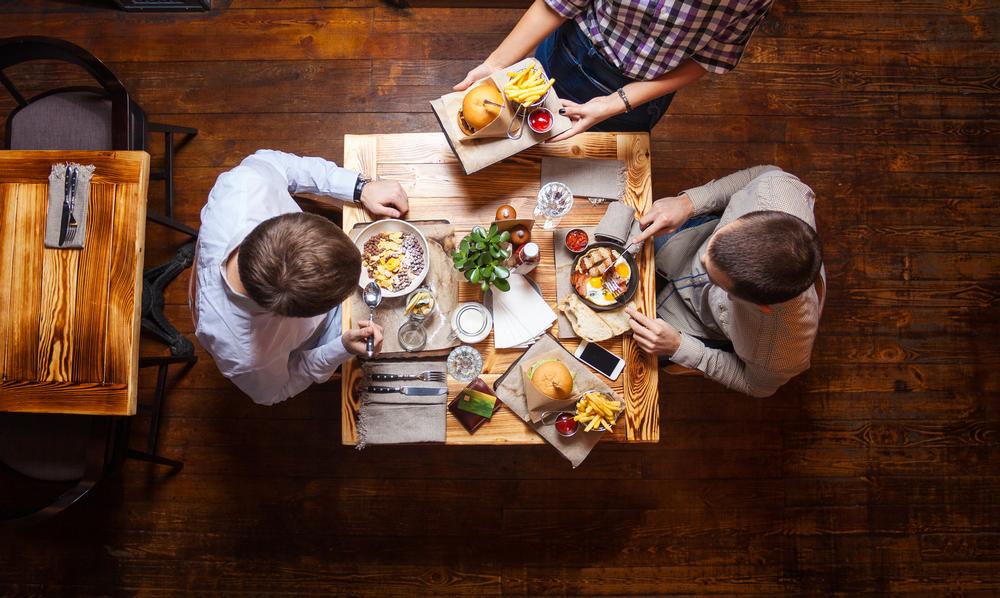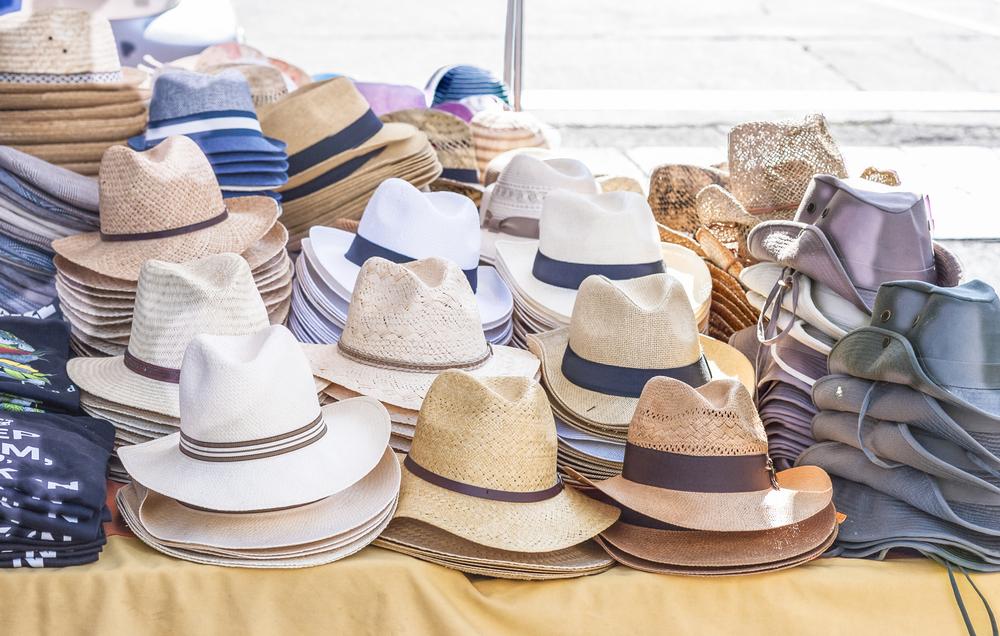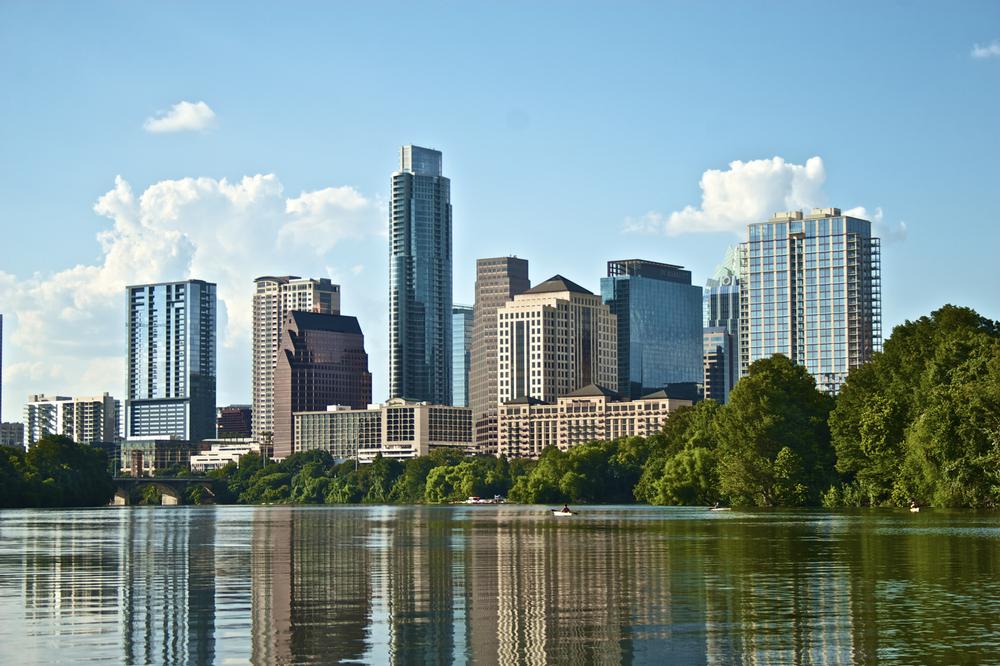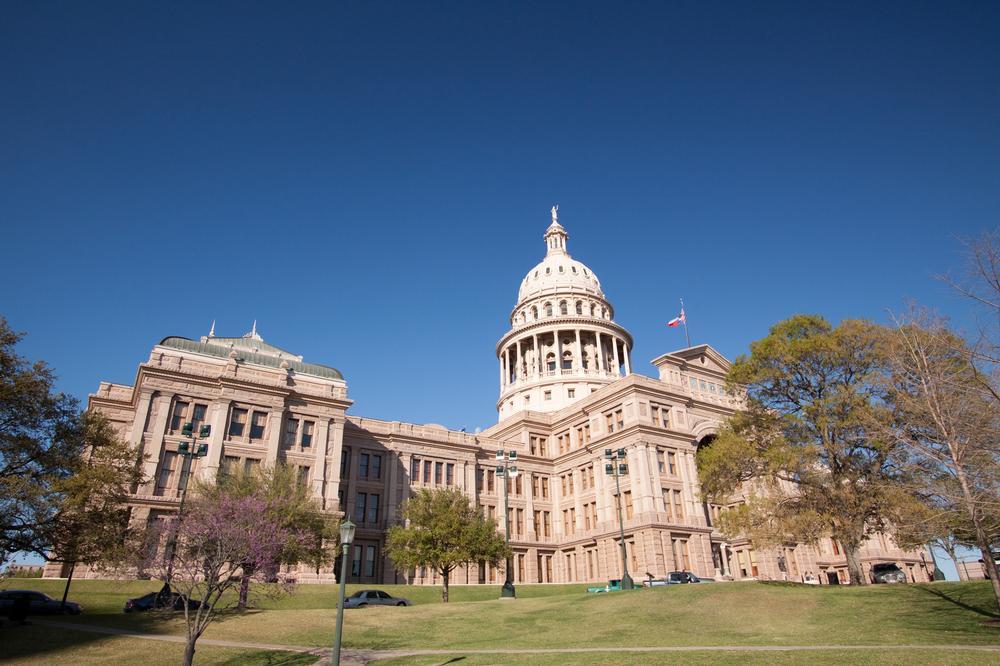
© Courtesy of Dave Newman - Fotolia.com
January is the coldest month of the year in Austin, TX. This part of Texas generally doesn’t experience any freezing or ice as average high temperatures are at 62°F (16°C), while low temperatures will drop to 42°F (6°C) at the lowest.
In February, average high temperature increases to 65°F (18°C). Low temperatures increase at the same rate and average at 45°F (7°C). While the climate during the day is nice and cool, be prepared for chilly evenings.
March sees a considerable increase in temperature as Austin’s winter season comes to an end. Average high temperatures jump to 72°F (22°C). Meanwhile, average low temperatures also make a climb to 51°F (11°C). March is also one of the wetter months of the year as precipitation rates average at roughly 3 inches (70 mm).
Austin Weather in April: The weather in April increases ever so slightly to 80°F (27°C) for average high temperatures. Low temperature is 59°F (15°C).
In May, Austin sees the most rainfall out of the entire year with an average of 4 inches (111 mm) of precipitation. The average high and average low temperatures also make a big leap and range from 87°F (30°C) to 67°F (19°C).

Austin Weather by June: The weather in June continues an upward trend with an average high temperature of 92°F (33°C). The average low temperature also increases to 72°F (22°C).
July is the driest month of the year with a maximum of 2 inches (48 mm) of average rainfall. It’s also the second to the hottest month out of the year with an average high temperature of 96°F (35°C). Low temperature is 74°F (24°C). The heat is definitely on for this month, making it the best time to head to coast for a quick beach trip.
August is the hottest month of the year in Austin with a peak average high temperature of 97°F (36°C). The average low temperature increases by a single degree compared to the previous month.
In September, the temperature decreases, offering Austin a respite from the punishing heat of the hottest summer months. The average high temperature hits 91°F (33°C) while the average low temperature will go down to 69°F (16°C).
Austin Weather in October: Temperatures decrease considerably in October to a much cooler average high temperature of 82°F (22°C). Low temperature average is at 61°F (10°C). This month is also one of the top months in terms of precipitation with nearly 3 inches (99 mm) of rainfall.
In November, temperatures drop quickly as the winter months approach. An average high temperature of 71°F (22°C) can be expected while 51°F (10°C) is the average low temperature.
December is the second to the coldest month of the year after January. The high temperature average generally peaks at 63°F (17°C). The average low temperature will drop to 42°F (6°C).
The most action-packed time to visit Texas is during the shoulder season of late March to May as this is when most festivals and rodeos take place. For those who wish to visit during the lean seasons, September through early November is another great period to come down to Texas. The ideal time to visit Texas for outdoor activities and beach trips is between the months of June and August. December is the perfect time to visit is you’re a fan of Christmas activities like the Austin Trail of Lights and the Armadillo Christmas Bazaar.
Travel Tips:






